Flavio Corradini
A Systematic Literature Review of Spatio-Temporal Graph Neural Network Models for Time Series Forecasting and Classification
Oct 29, 2024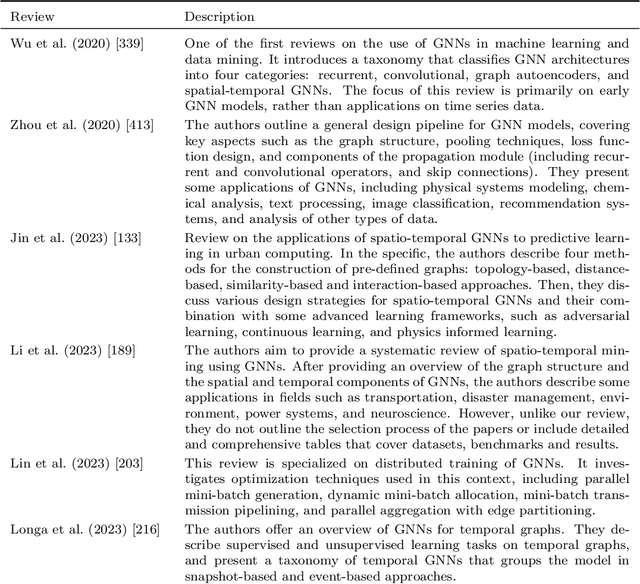
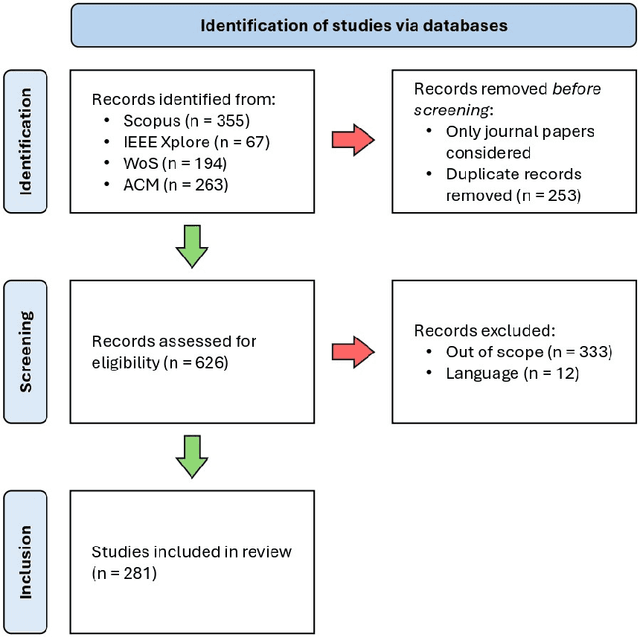
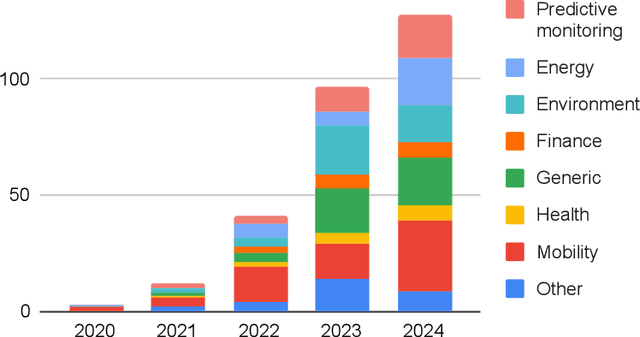
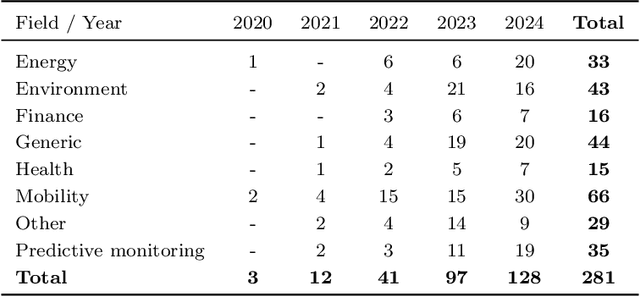
Abstract:In recent years, spatio-temporal graph neural networks (GNNs) have attracted considerable interest in the field of time series analysis, due to their ability to capture dependencies among variables and across time points. The objective of the presented systematic literature review is hence to provide a comprehensive overview of the various modeling approaches and application domains of GNNs for time series classification and forecasting. A database search was conducted, and over 150 journal papers were selected for a detailed examination of the current state-of-the-art in the field. This examination is intended to offer to the reader a comprehensive collection of proposed models, links to related source code, available datasets, benchmark models, and fitting results. All this information is hoped to assist researchers in future studies. To the best of our knowledge, this is the first systematic literature review presenting a detailed comparison of the results of current spatio-temporal GNN models in different domains. In addition, in its final part this review discusses current limitations and challenges in the application of spatio-temporal GNNs, such as comparability, reproducibility, explainability, poor information capacity, and scalability.
The $μ\mathcal{G}$ Language for Programming Graph Neural Networks
Jul 12, 2024



Abstract:Graph neural networks form a class of deep learning architectures specifically designed to work with graph-structured data. As such, they share the inherent limitations and problems of deep learning, especially regarding the issues of explainability and trustworthiness. We propose $\mu\mathcal{G}$, an original domain-specific language for the specification of graph neural networks that aims to overcome these issues. The language's syntax is introduced, and its meaning is rigorously defined by a denotational semantics. An equivalent characterization in the form of an operational semantics is also provided and, together with a type system, is used to prove the type soundness of $\mu\mathcal{G}$. We show how $\mu\mathcal{G}$ programs can be represented in a more user-friendly graphical visualization, and provide examples of its generality by showing how it can be used to define some of the most popular graph neural network models, or to develop any custom graph processing application.
REPTILE: A Proactive Real-Time Deep Reinforcement Learning Self-adaptive Framework
Mar 28, 2022

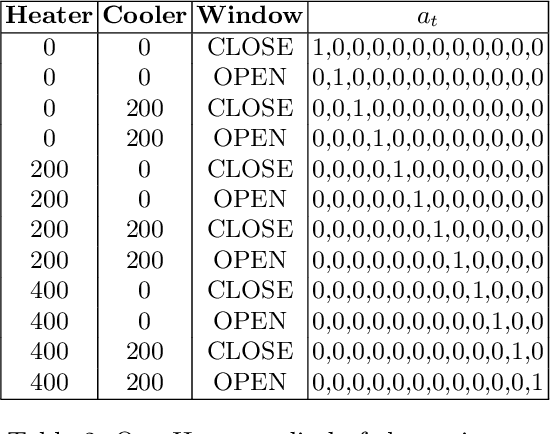

Abstract:In this work a general framework is proposed to support the development of software systems that are able to adapt their behaviour according to the operating environment changes. The proposed approach, named REPTILE, works in a complete proactive manner and relies on Deep Reinforcement Learning-based agents to react to events, referred as novelties, that can affect the expected behaviour of the system. In our framework, two types of novelties are taken into account: those related to the context/environment and those related to the physical architecture itself. The framework, predicting those novelties before their occurrence, extracts time-changing models of the environment and uses a suitable Markov Decision Process to deal with the real-time setting. Moreover, the architecture of our RL agent evolves based on the possible actions that can be taken.
Combining Machine Learning with Knowledge Engineering to detect Fake News in Social Networks-a survey
Jan 20, 2022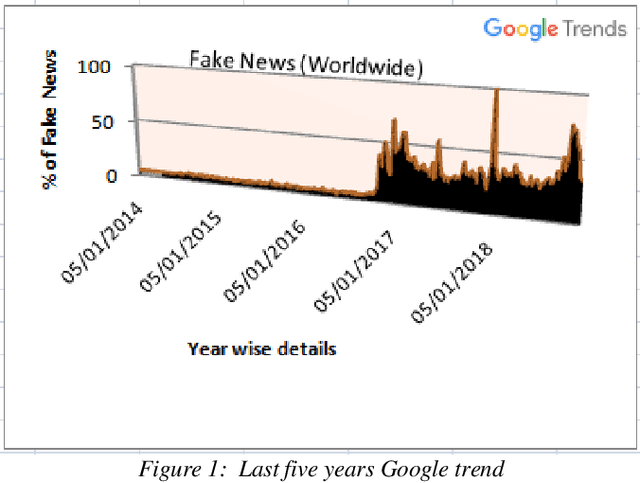
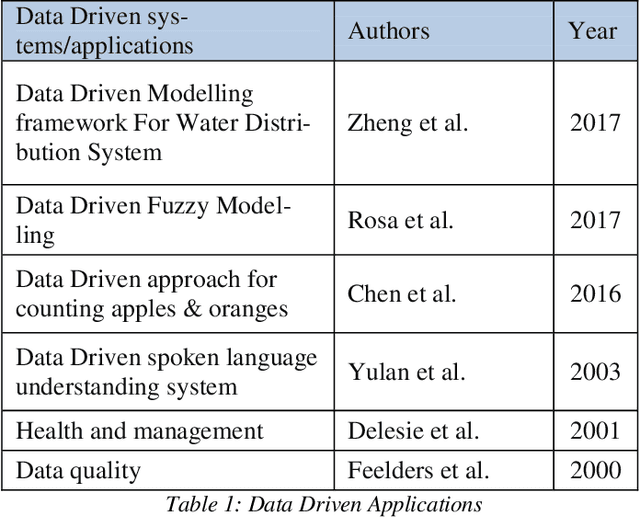
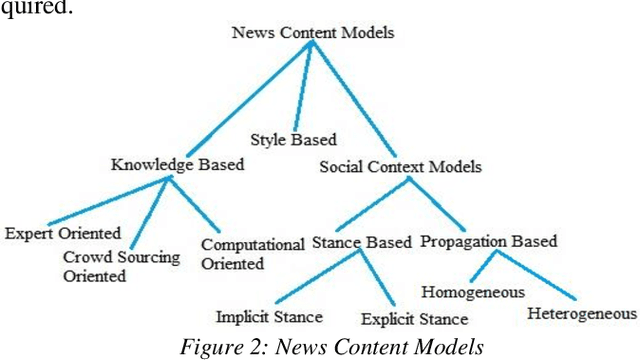
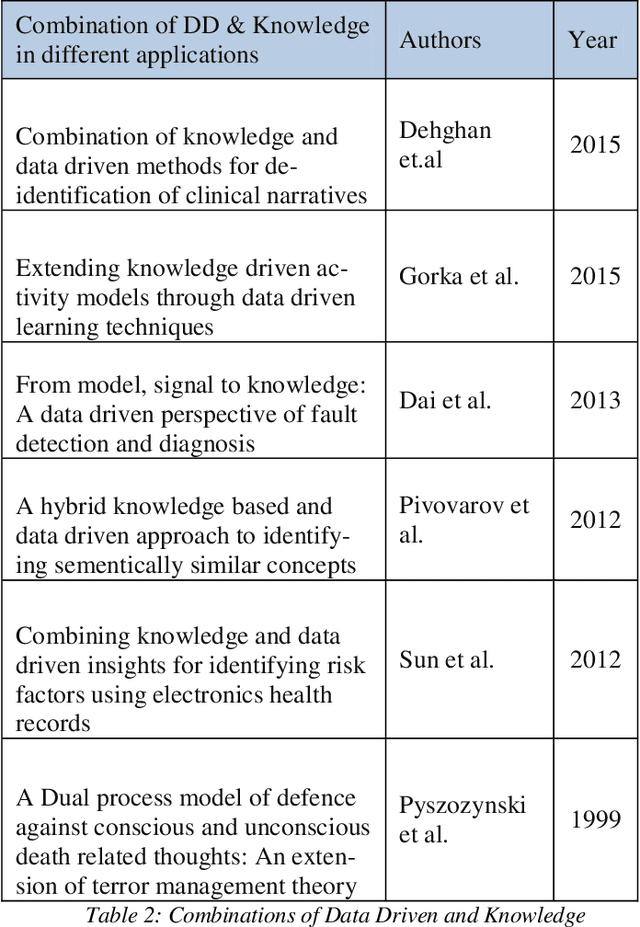
Abstract:Due to extensive spread of fake news on social and news media it became an emerging research topic now a days that gained attention. In the news media and social media the information is spread highspeed but without accuracy and hence detection mechanism should be able to predict news fast enough to tackle the dissemination of fake news. It has the potential for negative impacts on individuals and society. Therefore, detecting fake news on social media is important and also a technically challenging problem these days. We knew that Machine learning is helpful for building Artificial intelligence systems based on tacit knowledge because it can help us to solve complex problems due to real word data. On the other side we knew that Knowledge engineering is helpful for representing experts knowledge which people aware of that knowledge. Due to this we proposed that integration of Machine learning and knowledge engineering can be helpful in detection of fake news. In this paper we present what is fake news, importance of fake news, overall impact of fake news on different areas, different ways to detect fake news on social media, existing detections algorithms that can help us to overcome the issue, similar application areas and at the end we proposed combination of data driven and engineered knowledge to combat fake news. We studied and compared three different modules text classifiers, stance detection applications and fact checking existing techniques that can help to detect fake news. Furthermore, we investigated the impact of fake news on society. Experimental evaluation of publically available datasets and our proposed fake news detection combination can serve better in detection of fake news.
* 12 pages
Development of Fake News Model using Machine Learning through Natural Language Processing
Jan 19, 2022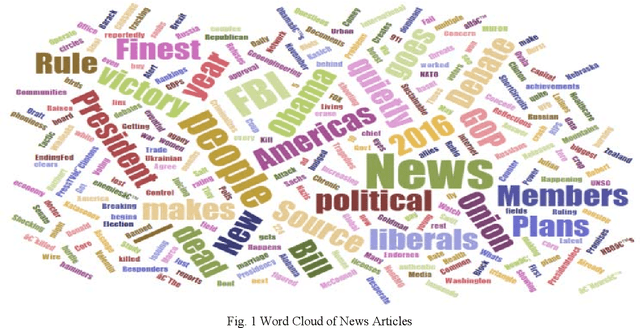
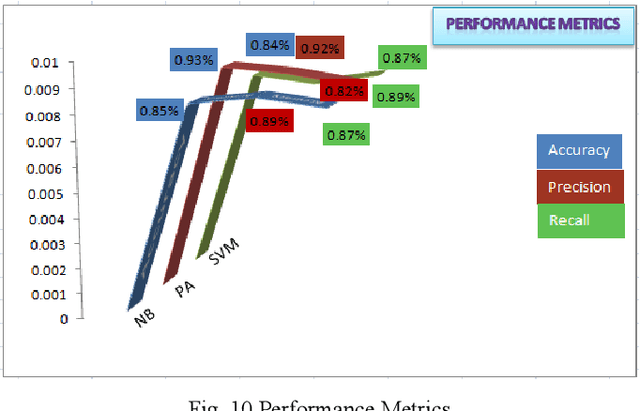

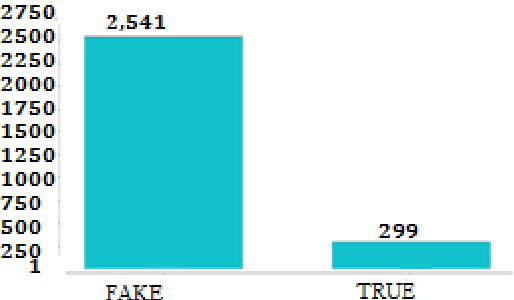
Abstract:Fake news detection research is still in the early stage as this is a relatively new phenomenon in the interest raised by society. Machine learning helps to solve complex problems and to build AI systems nowadays and especially in those cases where we have tacit knowledge or the knowledge that is not known. We used machine learning algorithms and for identification of fake news; we applied three classifiers; Passive Aggressive, Na\"ive Bayes, and Support Vector Machine. Simple classification is not completely correct in fake news detection because classification methods are not specialized for fake news. With the integration of machine learning and text-based processing, we can detect fake news and build classifiers that can classify the news data. Text classification mainly focuses on extracting various features of text and after that incorporating those features into classification. The big challenge in this area is the lack of an efficient way to differentiate between fake and non-fake due to the unavailability of corpora. We applied three different machine learning classifiers on two publicly available datasets. Experimental analysis based on the existing dataset indicates a very encouraging and improved performance.
 Add to Chrome
Add to Chrome Add to Firefox
Add to Firefox Add to Edge
Add to Edge